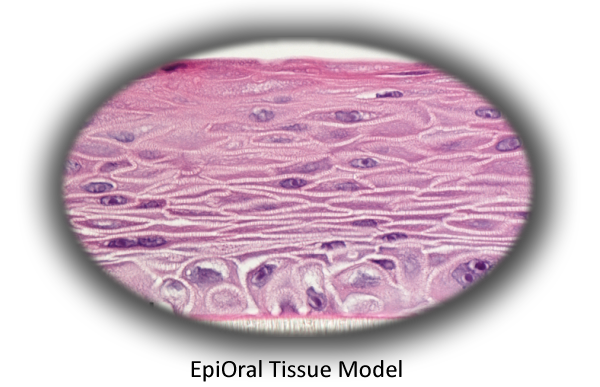Oral Candidiasis ( EpiOral )
The Model
MatTek's EpiOral tissues consist of normal, human-derived epithelial cells. The tissues, which are cultured on specially prepared cell culture inserts using serum free medium, attain levels of differentiation on the cutting edge of in vitro cell culture technology. Morphologically, the tissue models closely parallel native buccal human tissues, thus providing a useful in vitro means to assess irritancy, disease and other basic oral biology phenomena. For more information on the EpiOral tissue model, click here.

The Endpoints
Histological Analysis
Cytokine Release
Human β-Defensin Expression
Technical References

667. EVALUATION OF TISSUE ENGINEERED MODELS OF THE ORAL MUCOSA TO INVESTIGATE ORAL CANDIDIASIS.
Yadev1, N.P., Murdoch1, C., Saville2, S.P., Thornhill1, M.H. 1Academic Unit of Oml & Maxillofacial Medicine & Surgery, School of Clinical Dentistry, University of Sheffield, Sheffield SIO 2TA, UK. 2Department of Biology and South Texas Center for Emerging Infectious Diseases, University of Texas at San Antonio, San Antonio, TX 78249, USA. Microbial Pathogenesis, 50, 278-285, (2011).
399. CHARACTERIZATION AND TESTING OF NEW BUCCAL AND GINGIVAL TISSUE MODELS.
Kubilus1, J., Ayehunie1, S., Breyfogle1, B., Dale2, B., Kimball2, J., Wertz3, P., Klausner1, M. 1MatTek Corporation, Ashland, MA, USA; 2University of Washington, Seattle, USA; 3University of Iowa, Iowa City, USA. Poster presented at American Association for Dental Research and American Dental Education Association annual meeting, Orlando, FL, March 8-11 (2006).












www.MatTek.co.kr